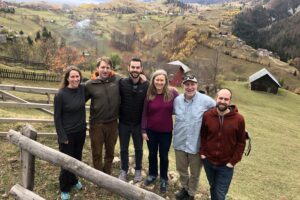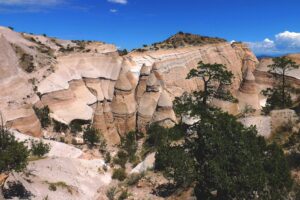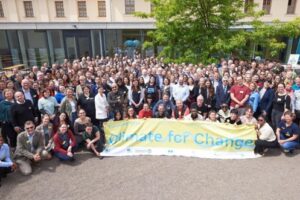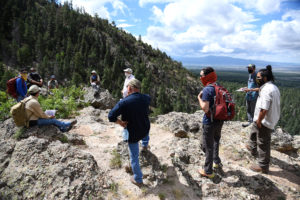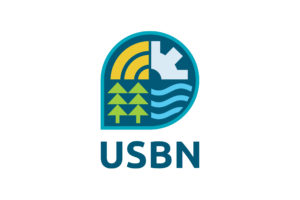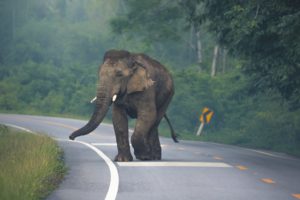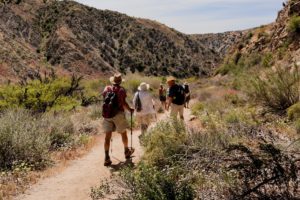Saving the Spaces in Between: CLLC Promotes International Collaboration for Connectivity
Some of the greatest success stories in conservation are the creation of formally protected areas of land and water such as national parks and reserves. While essential to conserving nature around the world, these areas alone can’t sustain biodiversity if they are isolated patches surrounded by people and infrastructure. Wildlife, especially migratory and wide-ranging species, need connected habitats to find food, water, and mates and adapt to climate change. Safeguarding the natural corridors and movement routes between protected areas forms the basis of connectivity conservation. Yet these critical linkages are increasingly threatened by rapid development and mounting human pressures.
